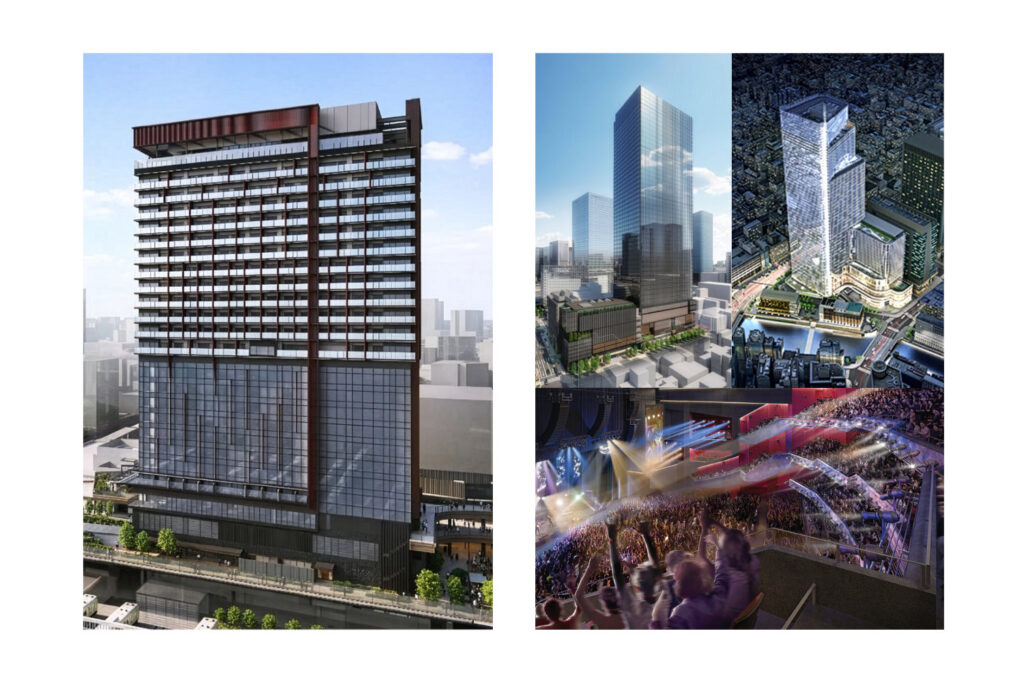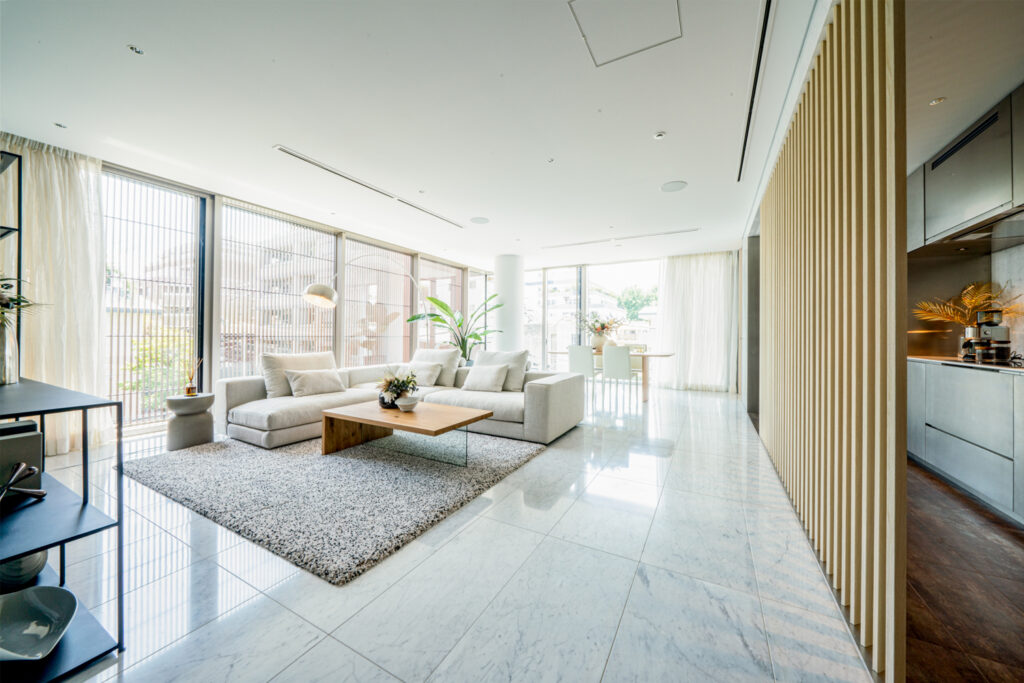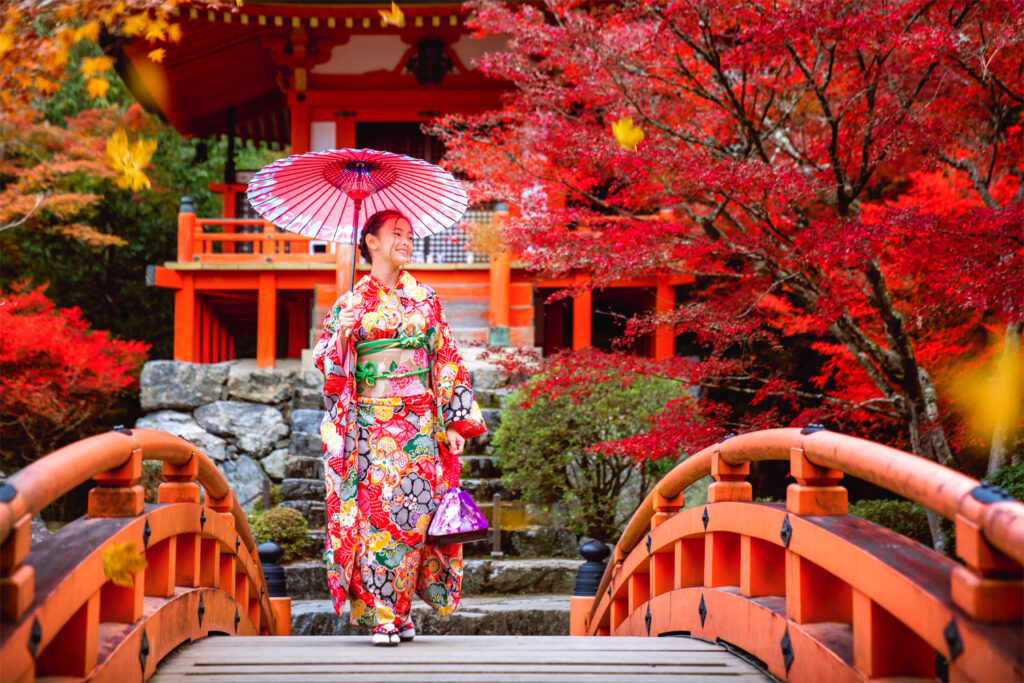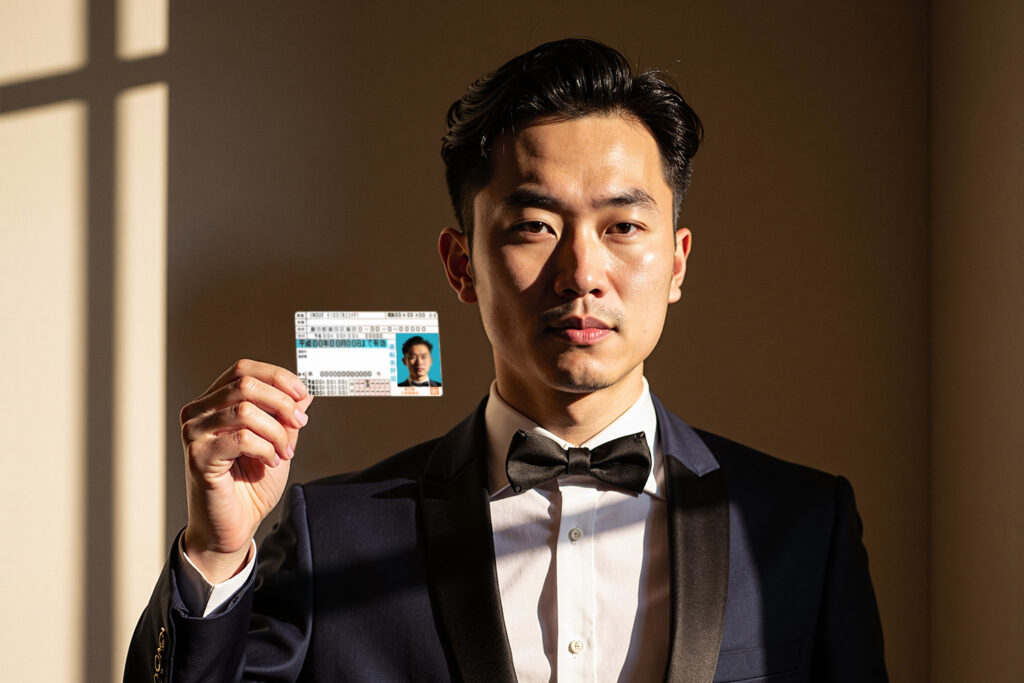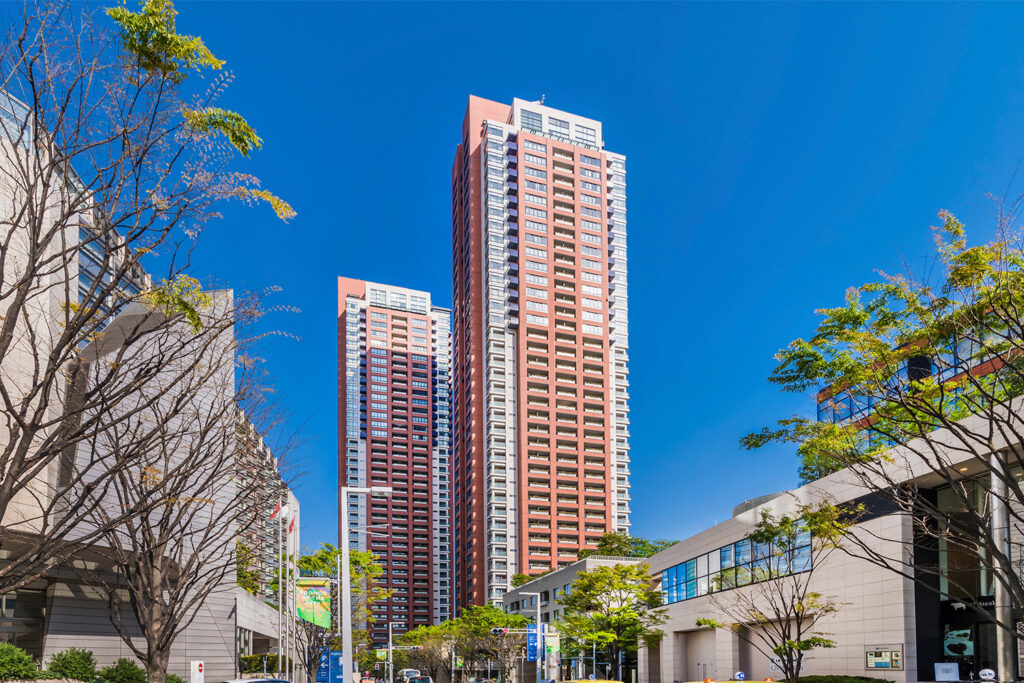
Moving to Tokyo or need to send mail within Japan? Understanding how to write Japanese addresses is more important than you might think. Unlike addresses in most Western countries, Japanese addresses work in reverse order and follow a unique system that can seem confusing at first. This guide breaks down everything you need to know about Japanese addresses, from what’s included to how to write them correctly for both domestic and international mail.
What’s Included in a Japanese Address
A standard Japanese address contains several key parts that work together to pinpoint an exact location. Think of it like a funnel – starting with the largest area and getting more specific with each piece. Here are the main components you’ll find in every Japanese address:
- Zip Code / Postal Code (Yūbin Bangō) – A seven-digit code that identifies the general delivery area. This always comes first and uses the format 123-4567.
- Prefecture (To/Dō/Fu/Ken) – Similar to states in America, Japan has 47 prefectures. Tokyo, Osaka, and Hokkaido are the most well-known examples.
- Municipality (City/Ward/Town/Village) – The city, special ward, town, or village within the prefecture. Major cities like Tokyo are divided into special wards (ku), while smaller areas might be towns (machi) or villages (mura).
- District or Subdivision – In large cities, this refers to wards (ku). In rural areas, it might be counties (gun). This helps narrow down the location within the municipality.
- Neighborhood/Area (Chōme) – Smaller districts within the municipality, usually numbered sequentially like 1-chōme, 2-chōme, etc.
- Block Number (Banchi) – A specific block within the neighborhood. These numbers can seem random, so checking street signs may be necessary.
- Building Number (Gō) – The exact house or building number within the block.
- Building Name and Unit Details – For apartments or named buildings, this includes the building name, floor number, and apartment number.
- Recipient Name – This can be a business’s name or the name of the recipient.
Example Addresses in Tokyo
Tokyo business and location addresses
〒106-0032
Tokyo-to, Minato-ku, Azabudai, 1-11-9
BPR Place Kamiyacho 7F
Housing Japan KK
〒160-0022
Tokyo-to, Shinjuku-ku, Shinjuku, 3-38-1
Shinjuku Station
〒151-0052
Tokyo-to, Shibuya -ku, Yoyogikamizonocho, 2-1
Yoyogi Park
Fictional Tokyo apartment addresses examples
〒106-0032
Tokyo-to, Minato-ku, Azabudai, 1-8-15 |
Penthouse Apartments 18F – 1805
(Recipient Name)
〒150-0002
Tokyo-to, Shibuya-ku, Shibuya, 2-4-12 |
Sky Heights Shibuya 7F-702
(Recipient Name)
〒160-0022
Tokyo-to, Shinjuku-ku, Shinjuku, 3-7-6
Urban Tower Shinjuku 12F-1205
(Recipient Name)
Fictional addresses outside of Tokyo
Osaka House address:
〒530-0001
Osaka-fu, Osaka-shi, Kita-ku, Umeda, 2-5-18
17
(Recipient Name)
A beach house in Shimoda:
〒415-0012
Shizuoka-ken, Shimoda-shi, Shirahama, 2-8-4 Seaside Resort Villa Shimoda Japan
(Recipient Name)
A Hotel in Hakuba:
〒399-9301
Nagano-ken, Kitaazumi-gun, Hakuba-mura, Happoone, 4-2-15
Alpine Grand Hotel Hakuba
Breaking Down Each Part of the Address
Understanding how each component works helps you read and write Japanese addresses correctly.
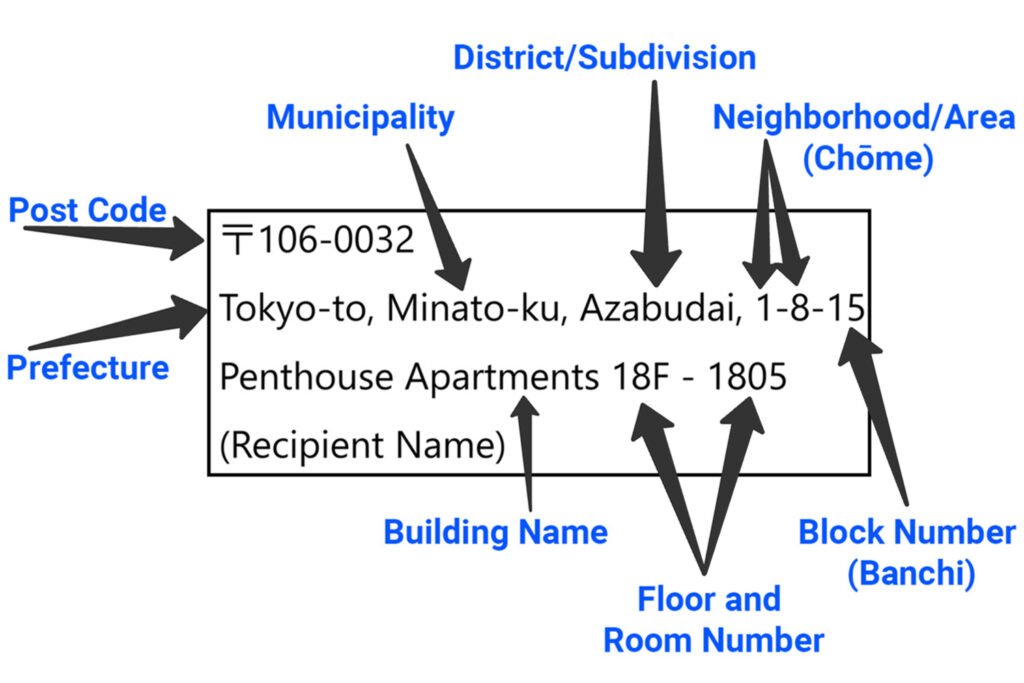
Zip Code / Post Code (郵便番号)
Japanese postal codes have seven digits separated by a hyphen. The first two digits represent the prefecture, while the third digit indicates the city or group of cities. The fourth and fifth digits represent the delivery area, like a neighborhood or district. The last two digits pinpoint the specific block or group of addresses.
For example, in the postal code 105-0011, the “10” represents part of Tokyo, the “5” indicates a specific area within Tokyo, “00” represents the delivery district, and “11” identifies the exact block area.
Prefecture (都/道/府/県)
Japan’s 47 prefectures are like states or provinces. Tokyo is technically called Tokyo-to (東京都), Osaka is Osaka-fu (大阪府), Kyoto is Kyoto-fu (京都府), and Hokkaido is Hokkaido (北海道). Most other prefectures end in -ken (県). When writing addresses, you’ll usually see these written in kanji characters.
Municipality (市町村)
This level tells you the specific city, town, or village. Major cities end in -shi (市), like Tokyo-shi or Osaka-shi. Smaller towns end in -machi (町) or -chō (町), and villages end in -mura (村) or -son (村). In Tokyo’s case, the city is divided into 23 special wards (ku), each functioning like its own city.
District/Ward (区/郡)
Large cities like Tokyo divide into wards (ku), each with its own local government. You’ll see names like Shibuya-ku, Shinjuku-ku, or Minato-ku. Rural areas use counties (gun) instead. This level helps narrow down your location significantly.
Neighborhood/Area (丁目)
These smaller areas within districts are numbered sequentially. You’ll see them written as 1-chōme, 2-chōme, and so on. Each chōme covers several blocks and helps postal workers know which part of the district to deliver to.
Block and Building Numbers
The block number (banchi) identifies a specific block within the neighborhood. These numbers often seem random because they’re assigned based on when the land was registered, not in geographical order. The building number (gō) is the final piece, identifying the exact building within that block.
Building Details
For apartments and named buildings, you’ll need additional information. This includes the building name, floor number (often written as 3F for third floor), and apartment number. Some luxury buildings in Tokyo have elaborate names that are important to include for accurate delivery.
Tokyo Apartments: Special Considerations
Tokyo apartments often have complex addressing systems due to the city’s density and unique urban planning. Many apartment buildings have official names that must be included in the address, even if they seem long or complicated.
Mansion vs. Apartment – In Tokyo, “mansion” (マンション) refers to a concrete apartment building, usually more upscale than a basic apartment (アパート). The building type sometimes appears in the address but is not always required.
Room Numbering – Apartment numbers in Tokyo often include the floor number. For example, “301” typically means the first apartment on the third floor. Some buildings use letters as well, like “3A” for the A unit on the third floor.
Building Names – Many Tokyo apartment buildings have official names that must be included. These can be in Japanese, English, or a combination. For example, “Park Mansion Shibuya” or “Royal Heights Azabu.”
Multiple Entrances – Large apartment complexes might have multiple buildings or entrances. These are often designated with letters or numbers, like “Building A” or “Tower 2.”
When living in or sending mail to Tokyo apartments, always include the complete building name and unit information. This helps delivery services navigate the city’s complex building landscape more efficiently.
When looking at Tokyo apartments, ask for the complete address including building name. This helps you understand exactly where the property is located and ensures you can receive mail and deliveries without issues.
How to Write Addresses for Different Purposes
The way you write a Japanese address depends on whether you’re sending domestic mail within Japan or international mail from abroad.
For Domestic Mail in Japan
When sending mail within Japan, use the traditional Japanese format. Write the address vertically from top to bottom, then move to the next column from right to left. Start with the postal code at the top, followed by the prefecture, then work your way down to the building number and recipient’s name at the bottom. If you can, Use Japanese characters (kanji and hiragana) for prefecture and city names. The postal code gets the 〒 symbol before it. Put the recipient’s name last, often with “様” (sama) for politeness, similar to “Mr.” or “Ms.”. As long as it is in the correct format, English/romaji should also work.
For International Mail to Japan
When sending mail to Japan from another country, you can write addresses horizontally from left to right, similar to Western addressing. Start with the recipient’s name, then the building number, block number, neighborhood, district, city, prefecture, postal code, and end with “JAPAN” in capital letters. You can use English/romaji for place names when sending from abroad, though including some Japanese characters helps with delivery. Always include the full postal code and write “JAPAN” clearly as the final line.
Digital and Online Forms
Many online forms in Japan require addresses in a specific format. Japanese e-commerce sites often have separate fields for each address component. Fill these out carefully, as incorrect information can delay deliveries significantly. For international online shopping, some Japanese sites accept addresses in English, while others require Japanese characters. When in doubt, ask a Japanese speaker to help translate your address into the proper format.
Common Mistakes to Avoid

Wrong Order – The biggest mistake is using Western address order when domestic Japanese order is needed. Remember that Japanese addresses go from largest to smallest area.
Missing Postal Code – Always include the seven-digit postal code. It’s essential for proper mail delivery in Japan.
Incomplete Building Information – For apartments, missing the building name, floor, or unit number often causes delivery problems.
Mixing Writing Systems – When writing for domestic use, stick to Japanese characters for official place names. Mixing English and Japanese randomly can confuse postal workers.
Ignoring Honorifics – For formal mail, include appropriate honorifics like “様” (sama) after the recipient’s name.
Understanding Tokyo’s Unique Address System
Tokyo’s address system can be particularly confusing because the city underwent major reorganization after World War II. Many areas were renumbered, and the ward system was restructured. This means that block numbers might not follow logical geographical patterns.
Tokyo’s 23 special wards each function almost like separate cities. Understanding which ward you’re in helps with everything from voting to garbage collection schedules. Each ward has its own local government and services, making the ward designation an important part of daily life for residents. Some addresses reference old district names that have since changed. This is especially common in central Tokyo areas that have been redeveloped multiple times. The rapid development and redevelopment of Tokyo means that historical address references can sometimes conflict with current official designations.
Many Tokyo residents give directions based on the nearest train station rather than the official address. This practical approach often works better than following street addresses alone. With Tokyo’s extensive rail network, stations serve as more reliable landmarks than street numbers, especially in areas where the numbering system doesn’t follow geographical logic.
Practical Tips for Daily Life
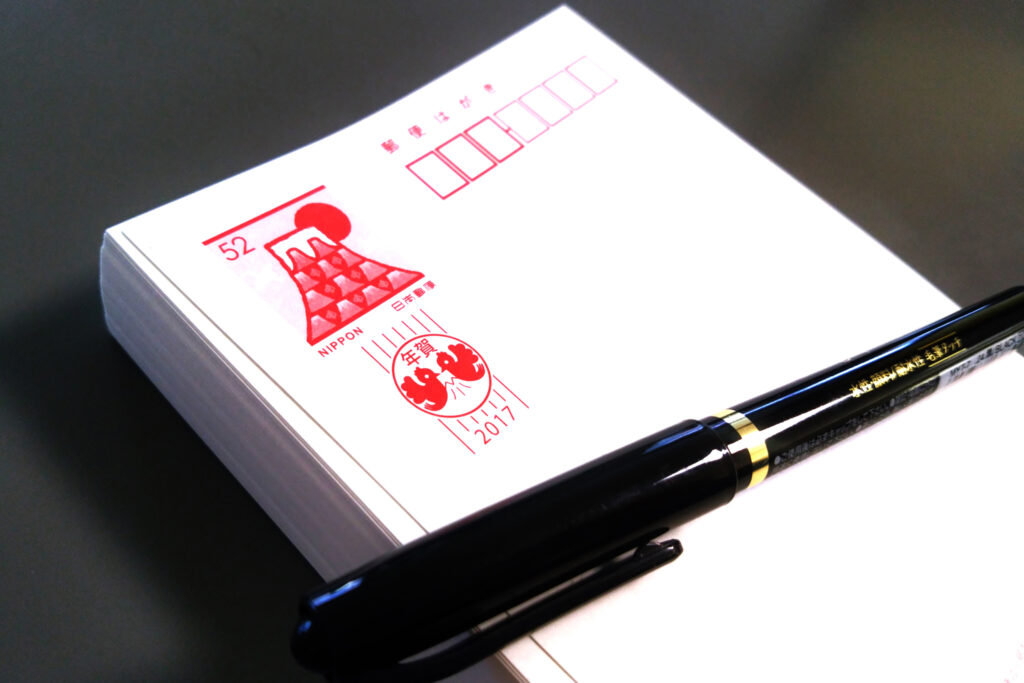
Write your complete address in both Japanese and English. Keep copies in your wallet, phone, and with important documents. Having your address readily available in both languages helps when dealing with delivery services, government offices, or emergency situations.
Japanese navigation apps like Google Maps work well with addresses in both Japanese and English. Pin your location for easy sharing with friends, delivery services, or taxi drivers. This technology bridge helps overcome language barriers and addressing confusion. Also, don’t hesitate to ask post office staff, delivery companies, or neighbors for help with addressing. Most people are happy to assist with getting addresses right. Japanese postal workers are particularly experienced with address formatting and can often help clarify confusing or incomplete addresses.
Understanding Japanese addresses takes practice, but it’s an essential skill for anyone living in or doing business with Japan. Whether you’re sending a postcard from Tokyo or setting up mail delivery to your new apartment, knowing how these addresses work will save you time and ensure your mail reaches its destination.
See the offical JP post postcode search tool (Japanese only) -> Here
Q&A: Common Questions About Japanese Addresses
How do I find my postal code in Japan? You can look up postal codes on the Japan Post website or ask at any post office. Many online maps also show postal codes when you search for an address.
Do I need to write addresses in Japanese characters for addresses in Japan? For domestic mail, Japanese characters are preferred and sometimes required. For international mail to Japan, you can use English/romaji, though including some Japanese helps with delivery.
What if I don’t know the building name for an apartment in Japan? Building names are important in Japan. Check your lease, building entrance, or ask neighbors. Many buildings have name plates near the entrance.
Can I use just the postal code and building number in Japan? While postal codes are very specific in Japan, it’s always better to include the complete address. This ensures accurate delivery and helps if there are any postal code errors.
How do Tokyo addresses differ from other Japanese cities? Tokyo uses a special ward (ku) system instead of regular cities. This creates an extra level in the address hierarchy that other prefectures don’t have.
What’s Next?
Whether you’re planning a move to Tokyo or looking for the perfect property in Japan’s capital, Housing Japan is here to help you navigate the luxury real estate market. Our team specializes in buying, selling, and managing premium residential properties in Tokyo’s most desirable neighborhoods, from the sophisticated streets of Minato-ku to the vibrant districts of Shibuya and Shinjuku.
We understand that finding the right home involves more than just the perfect address; it’s about discovering a lifestyle that matches your needs. From short-term accommodations for business travelers to long-term luxury residences for families, we offer comprehensive services that take care of everything from property searches to complete management solutions. Let us help you find your ideal Tokyo address and make your transition to life in Japan as smooth as possible.
Contact Us
Housing Japan
7F BPR Place Kamiyacho, 1-11-9 Azabudai, Minato-ku, Tokyo, Japan 106-0041

